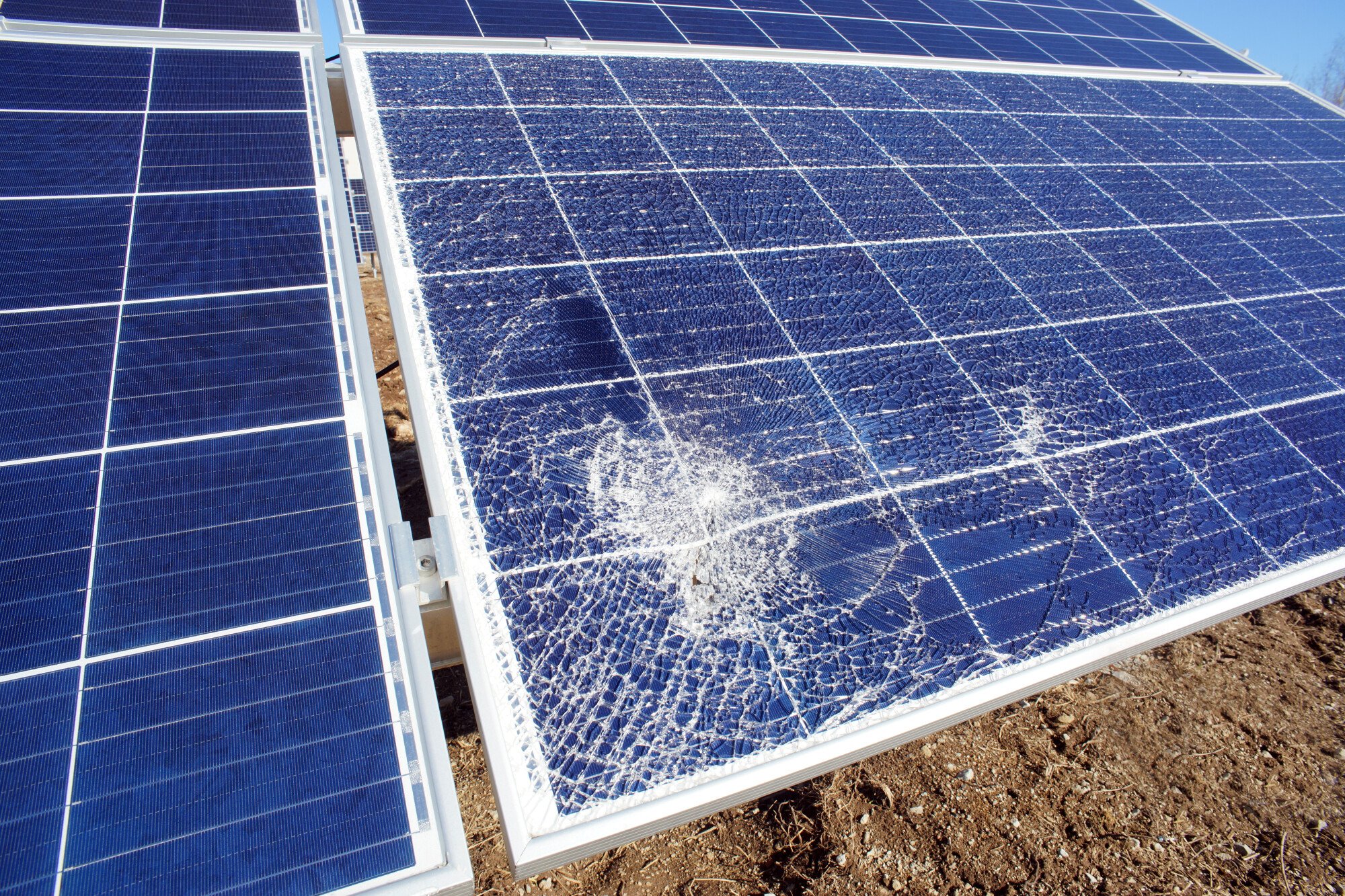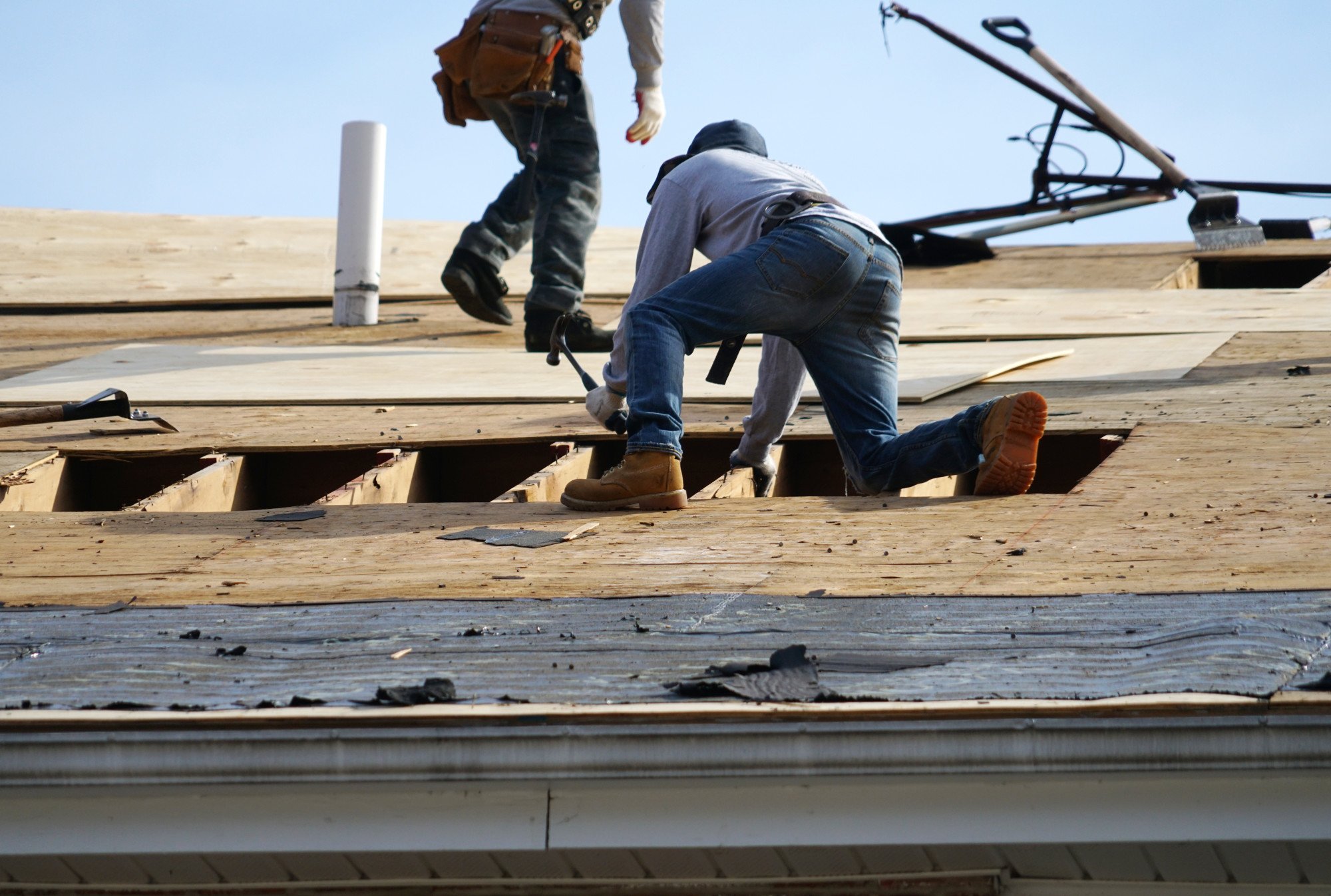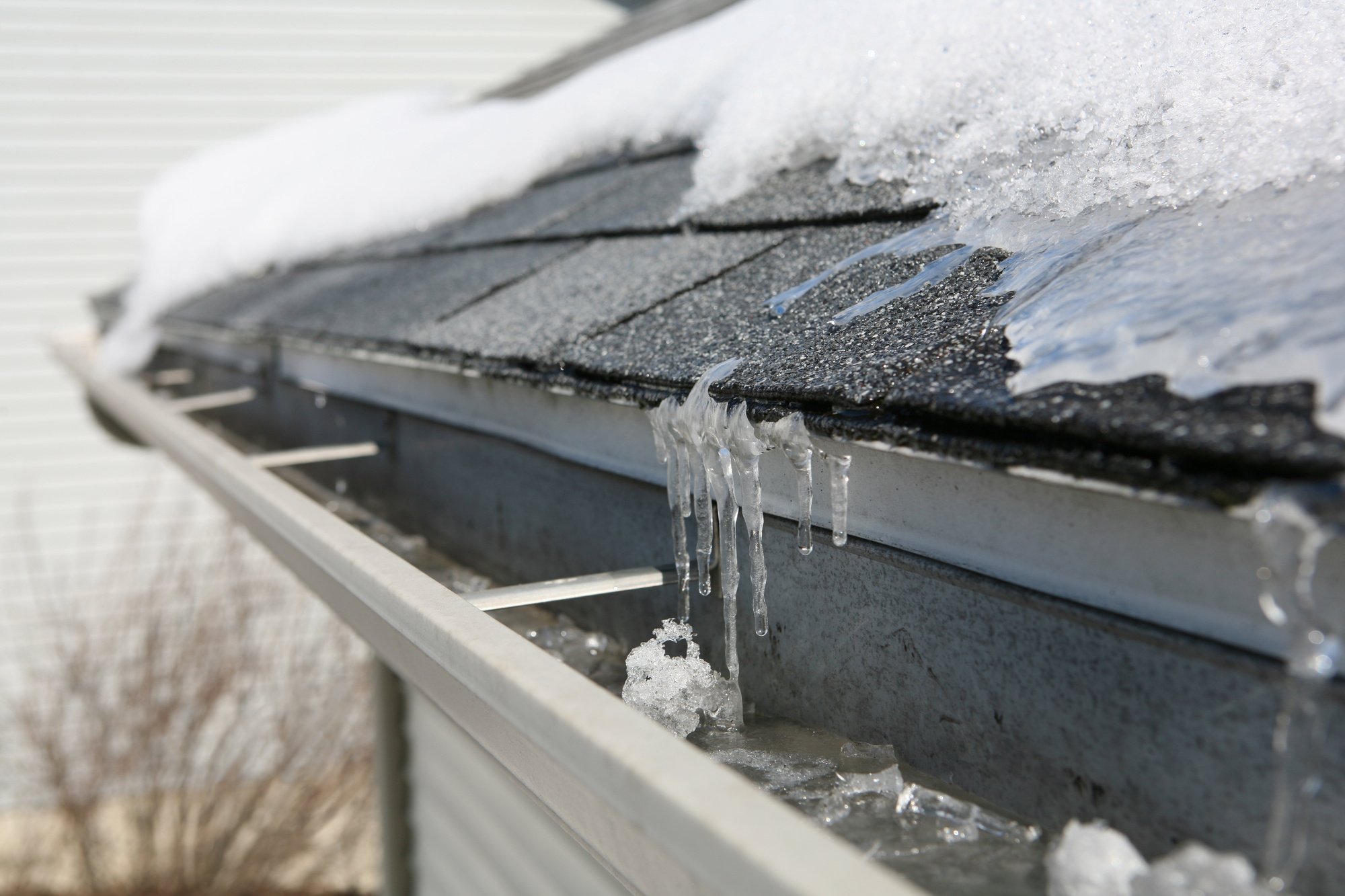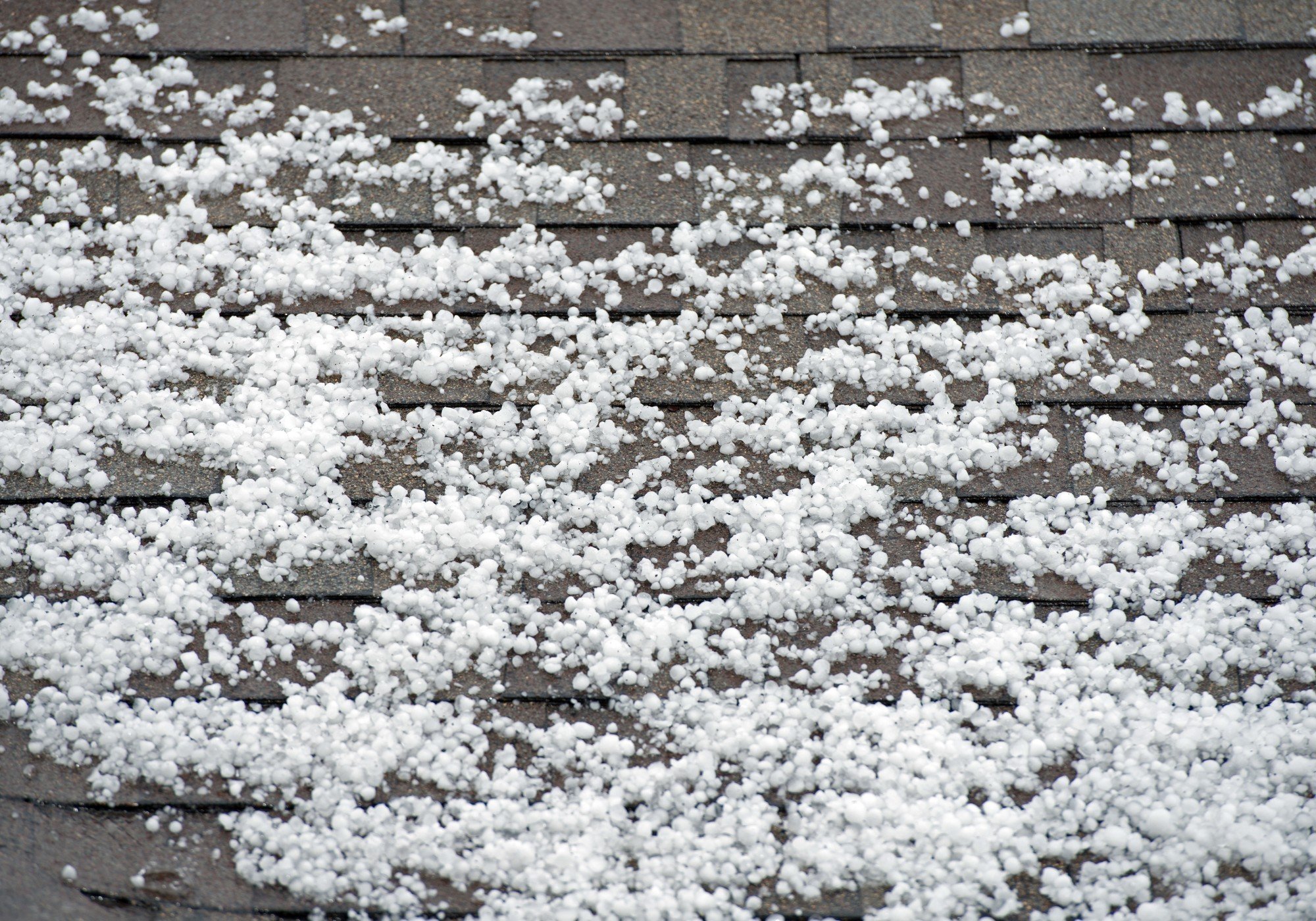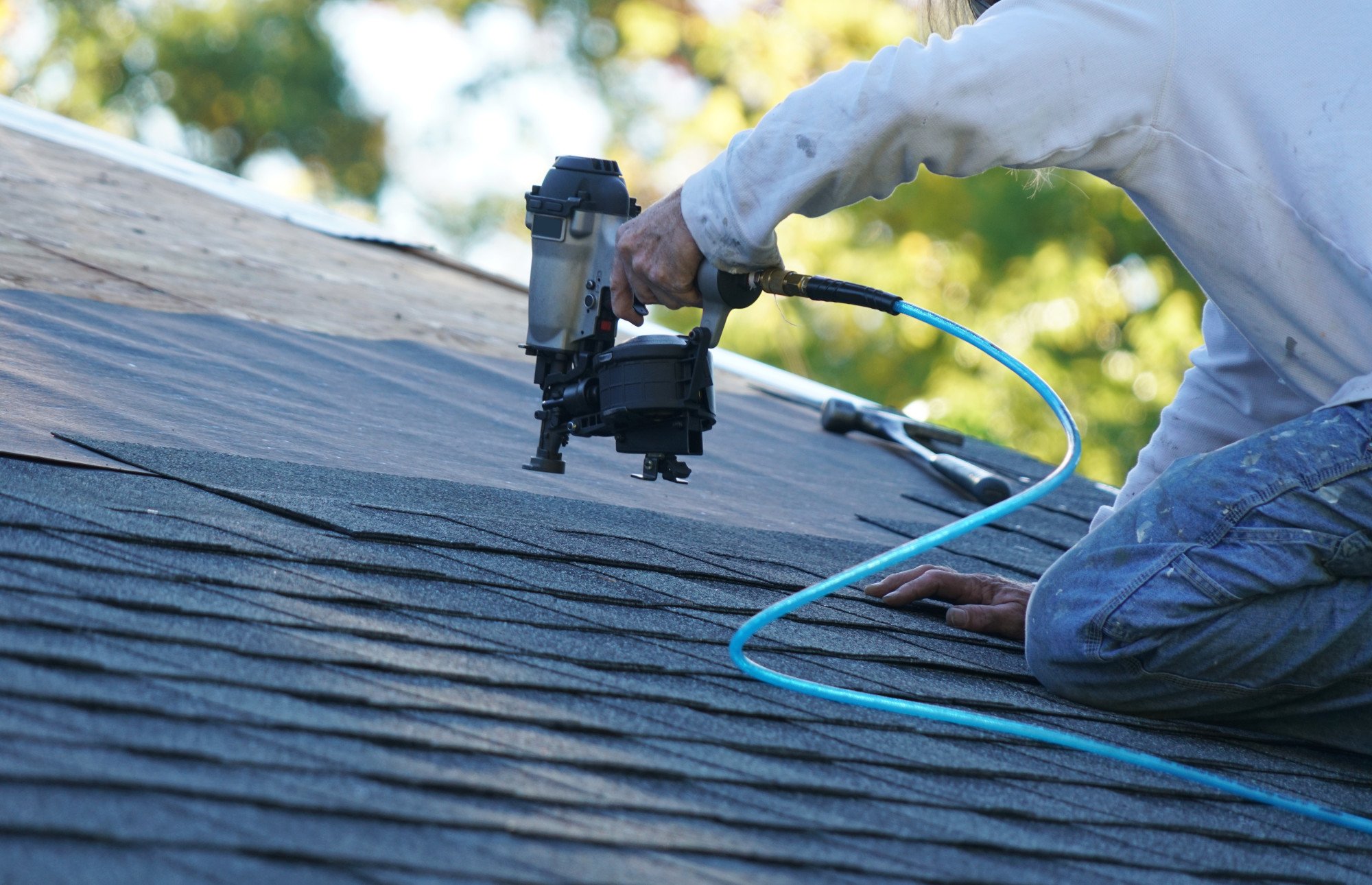Did you know that hail storms are among the most damaging storms to strike the United States?
While many people think of tornadoes and hurricanes when they hear the word “storm,” hail damage accounts for billions of dollars worth of property damage yearly in the United States.
While you might not always be able to avoid hail by living in a certain area, you can minimize the damage to your home.
If you have solar panels on your roof, there are things to consider when preventing and handling hail damage on roofs with solar panels.
Assess the Damage and Contact a Professional for Roof Inspection
After a hail storm, assess the extent of the damage. It’s essential to inspect both the solar panels and the roof to determine the level of repair needed. Start by carefully examining the solar panels for any visible signs of damage, such as cracks, dents, or shattered glass. Take note of any abnormalities and document them with photographs for insurance purposes.
Next, turn your attention to the roof itself. Check for missing or damaged shingles, cracked flashing, or punctures caused by hailstones. It’s important to remember that even small dents or cracks can potentially lead to leaks and further damage if left untreated. That’s why it’s crucial to contact a professional roofing specialist with solar panel experience to conduct a thorough roof inspection.
A professional roofer will have the expertise to assess both the visible and hidden damages caused by the hailstorm. They will carefully inspect your roof and solar panels, looking for both immediate and potential long-term issues. By having a professional inspection, you can understand the damage accurately and determine the necessary steps for repair or replacement. It’s important to note that roofing repairs and working with solar panels are not DIY jobs and should be entrusted to trained professionals.
Repair or Replace Damaged Solar Panels
Once the extent of the damage has been assessed, you’ll need to decide whether to repair or replace the damaged solar panels. The decision will depend on several factors, including the severity of the damage and the age of the panels.
Minor cracks or dents on solar panels can sometimes be repaired without having to replace the entire panel. There are specialized solar panel repair kits available in the market that can be used to fix small damages. However, for extensive damage or if your panels are old, it may be more cost-effective to replace them entirely.
Consult with a professional solar panel installer or a reputable solar company to get an expert opinion on the best course of action. They will consider the condition of your panels, the cost of repairs versus replacement, and any warranties you may have. They can guide you through the decision-making process and ensure the optimal functioning of your solar system.
Protecting Solar Panels from Hail
Prevention is always better than cure, and when it comes to protecting your solar panels from hail, there are measures you can take to reduce the risk of damage. One effective method is to install hail guards or hail protection screens. These mesh coverings are placed over the solar panels to shield them from the impact of hailstones.
Hail guards are specifically designed to dissipate the energy of the hailstone and prevent it from causing damage to the solar panels. They act as a barrier, absorbing the impact and distributing the force over a larger surface area. This reduces the chances of the hailstone causing cracks, dents, or shattered glass.
It’s crucial to have hail guards professionally installed to ensure proper placement and effectiveness. A professional installer can accurately assess your unique situation, including regional hail patterns, and recommend the most suitable type and design of hail guards for your solar panels.
In addition to hail guards, consider the installation of high-quality and impact-resistant roofing material. Materials like impact-resistant shingles or metal roofing can add an extra layer of protection for both your roof and solar panels against hail damage. Discuss these options with your roofing specialist to identify the best solution for your specific needs.
Regular Maintenance is Key
Regular solar panel maintenance can ensure the longevity and optimal performance of your solar panels. Proper care and maintenance help preserve the panels’ efficiency and allow for early detection of potential issues or damage.
Regularly cleaning the solar panels is an important maintenance task. Over time, dirt, dust, and other debris can accumulate on the surface of the panels, reducing their efficiency. Use a soft brush or squeegee, along with non-abrasive cleaning solutions, to keep the panels clean. Avoid using harsh chemicals or abrasive materials that could scratch or damage the glass surface.
Annual or bi-annual maintenance visits by a professional solar panel technician are highly recommended. During these visits, the technician can inspect the panels, wiring, and connections for any signs of wear, damage, or potential issues. They can also perform system checks and make any necessary adjustments to ensure optimal performance.
Regular maintenance not only helps identify and address minor issues before they become major problems but also ensures that your solar panels remain under warranty. Many solar panel manufacturers require regular maintenance as a condition for their warranties.
Inspection of Hail Damage on Roofs with Solar Panels
While the focus may be on assessing the damage to your solar panels, don’t forget about the condition of your roof itself. Hailstorms can significantly impact roofs, leading to punctures, cracks, and missing shingles. Ignoring roof damage can result in water leaks, further deterioration of the roof, and even structural damage.
After a hailstorm, it’s crucial to have a professional roofing contractor inspect your roof thoroughly. They have the expertise to identify any potential problems that may not be initially visible. The inspection will include a close examination of the shingles, flashing, and other roofing components to identify hail-related damage.
If the inspection reveals any damage, the roofing contractor will recommend the necessary repairs or replacements to ensure the integrity of your roof. Quickly fixing any issues and keeping your panels clean will prevent further damage, such as water infiltration, mold growth, and compromised structural stability.
Protect Your Solar Panels Today
Assessing and handling hail damage on roofs with solar panels requires prompt action and the expertise of professionals. Colorado’s Best Roofing has the experience to help you protect your investment.
We service residential and commercial buildings throughout the Denver, Fort Collins, and Colorado Springs area. Contact us today for a sales quote!

